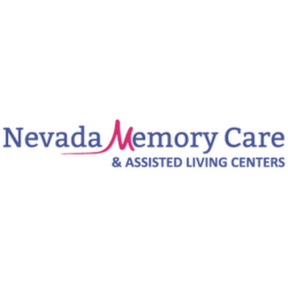As we grow older, daily life can sometimes become more challenging. Tasks that were once easy—like cooking, cleaning, or managing medications—may start to feel overwhelming. While some people think that moving to an assisted living community means giving up independence, the truth is quite the opposite. Assisted living services are designed to provide the right level of help while allowing residents to live life on their own terms. In this article, we’ll explore how assisted living supports both independence and care, making life safer, easier, and more enjoyable for older adults.
1. What Is Assisted Living?
Assisted living is a type of housing option for seniors who need some help with daily activities but do not require full-time medical care like in a nursing home. It blends personal care services, social opportunities, and comfortable living arrangements.
Residents usually live in private or semi-private apartments, with access to shared dining rooms, activity spaces, and outdoor areas. The goal is to create a supportive environment that promotes self-reliance while ensuring safety and well-being.
2. Encouraging Independence with Personalized Support
One of the biggest advantages of assisted living is personalized care. Each resident has different needs, so caregivers develop care plans that match individual abilities.
For example, someone might need help with dressing or bathing, while another might only require reminders to take medications. By aiding only where it’s needed, residents maintain as much independence as possible.
This balanced approach helps seniors stay confident in their abilities while enjoying peace of mind that help is always available when required.
3. Safety Without Taking Away Freedom
Safety is a top priority in assisted living communities, but it doesn’t mean limiting a resident’s freedom. These facilities are designed with features like handrails, non-slip flooring, and emergency call systems in each apartment.
Trained staff are available 24/7, which reduces the risk of accidents or delayed medical attention. At the same time, residents can still come and go, participate in activities, and manage their own schedules. This way, safety and independence go hand in hand.
4. Social Connections and Mental Well-being
Loneliness is a common concern among older adults, and it can affect both mental and physical health. Assisted living communities help solve this problem by offering daily opportunities for social interaction.
From group exercise classes to art workshops, book clubs, and movie nights, there’s something for everyone. These activities allow residents to make new friends, share experiences, and feel part of a community—something that’s often harder to maintain when living alone.
5. Healthy Meals and Nutrition Support
Good nutrition plays a big role in maintaining health and energy, especially in older age. Assisted living communities provide balanced, chef-prepared meals that meet dietary needs.
Residents who prefer independence can still cook small meals in their own apartment kitchens, while others enjoy the convenience of dining services. This combination ensures everyone has access to healthy food without the stress of grocery shopping or meal preparation.
6. Access to Health and Wellness Services
While assisted living is not a hospital, many communities partner with healthcare providers to make it easier for residents to get the care they need. Services often include:
- Medication management and reminders
- Regular health check-ups
- Physical therapy sessions
- Transportation to doctor appointments
Having these services available on-site or nearby means residents can focus more on enjoying life and less on managing complicated healthcare schedules.
7. Freedom to Choose Daily Routines
A major way assisted living supports independence is by allowing residents to make their own daily choices. They can decide when to wake up, what activities to join, and how to spend their free time.
This flexibility helps maintain a sense of control, which is essential for self-esteem and happiness. Staff are there to support—not to dictate—how residents live their day-to-day lives.
8. Peace of Mind for Families
For families, knowing that a loved one is safe, cared for, and still able to live independently brings great comfort. Assisted living provides a balance between help and autonomy, reducing the stress and guilt that family members may feel when they cannot be there all the time.
This peace of mind allows families to focus on enjoying visits and making memories, rather than constantly worrying about daily care needs.
9. A Bridge Between Home and Full-Time Care
Assisted living can be seen as a middle ground between living completely alone and moving into a nursing home. It’s ideal for those who can still do many things independently but benefit from extra support and a community atmosphere.
This step can also delay or even prevent the need for more intensive long-term care, as residents receive the assistance they need before small challenges become big problems.
Final Thoughts
Assisted living services are not about taking away independence—they are about preserving it while ensuring safety, comfort, and quality of life. By offering personalized care, social opportunities, and a secure environment, these communities empower seniors to live life fully and on their own terms.
For many older adults and their families, assisted living provides the perfect balance of freedom and support, proving that independence and care can work together beautifully.






